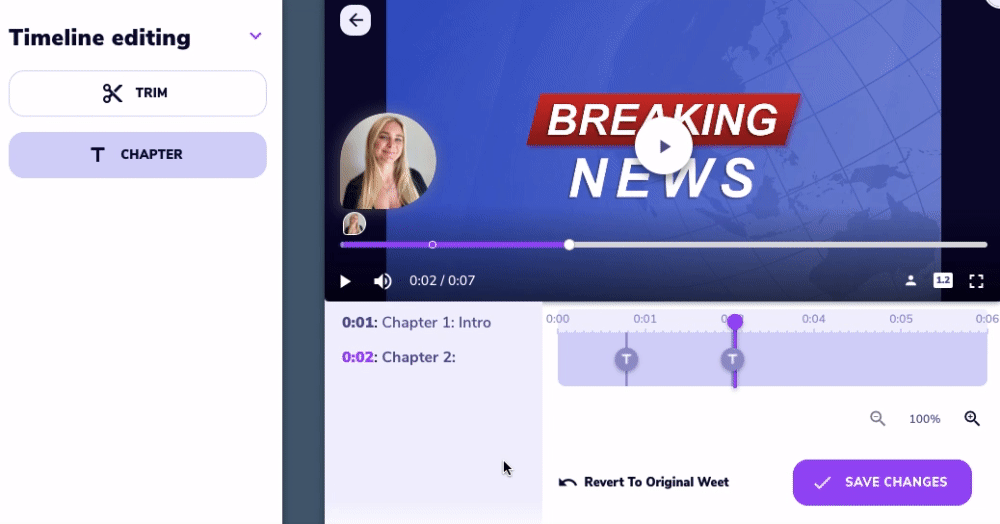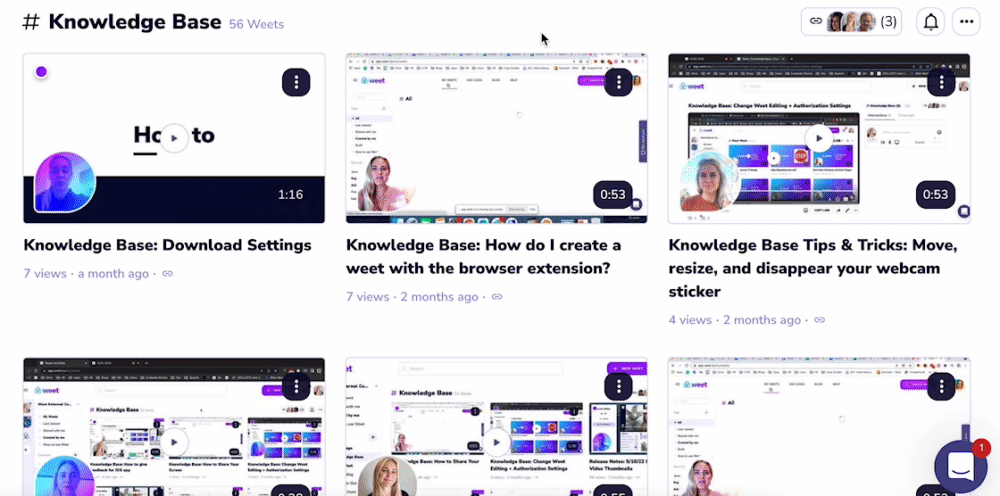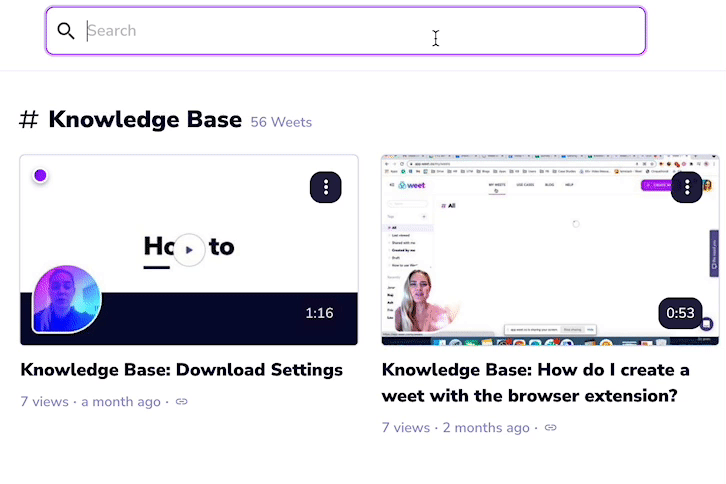Easily collect, store, and retrieve information for your workforce in a knowledge base video library. Ready to create your own Knowledge Base video library? Check out Weet.
It is likely that your organization already has some sort of knowledge base, or a searchable collection of information that answers questions for employees and helps them succeed at their job. You may use these materials as part of the onboarding process as well.
Learn how to create your own with this comprehensive guide to create your own knowledge base video library.
Choose the Right Tools

The tool you choose will play a huge role in whether or not employees adopt your elearning strategy well or not. No one wants to learn how to use a new, cumbersome software program at work. Luckily, the experience doesn’t need to look like this. Choose a tool that works for even the most tech-averse employees. Look for tools with a smooth user experience that users won’t shy away from. Train employees well to use the best tool and your org can see tremendous success.
Select the Most Important Information for your Knowledge Base Video Library
Begin with the most vital information to get the job done. We recommend starting with general onboarding procedures. Make sure employees have everything they need to get started on their first day. From this point, keep adding video tutorials to your Knowledge Base for workers within their individual roles. Your Knowledge Base video library will eventually expand and grow to become a comprehensive, role-specific, digital repository for all onboarding and training needs.
Record the First Video

Once you’ve successfully identified what information is most important for your employees to get their jobs done, record the first tutorials. All you need is equipment you already have on hand at the office: a laptop, tablet, or phone camera and mic, and an internet connection. Choose a well-lit, preferably quiet area to film your video tutorial. Break down what needs to be done step-by-step, adding no extraneous information. Add your first video to your Knowledge Base video library!
Make your Knowledge Base Video Library Easy to Access
Make sure employees have access to all videos relevant to their role. The right tool will give L&D teams and administrators the ability to grant access to individual users and video sequences. Ensure teams have proper access to their Knowledge Base video library with the right tablets, phones, and/or computers to watch the videos. If there is no internet access, download the videos for offline access. Make sure that users know how to navigate their Knowledge Base video library.
Add Captions to Videos
Choose a tool that allows you to add captions to videos automatically. This ensures access for hearing-impaired viewers, as well as viewers in loud environments such as manufacturing shop floors. Captions also provide clarity for all viewers. Select a tool that automatically transcribes the audio from your video, so you don’t have to do that yourself!
Empower All SMEs to Create Video Tutorials
Your organization undoubtedly employs people with treasure troves of indispensable legacy knowledge. Don’t silo this invaluable know-how. Be sure to capture it effectively and efficiently with video! Train and empower your SMEs to record video tutorials to share their expertise with all corners of your organization. Once viewers see the success that others have had, the idea will catch on and spread. It’s up to your org to provide the training, tools, and inspiration to get started!
Organize your Knowledge Base Video Library

Keep all videos in one central, accessible repository. Make sure viewers know how to access and navigate the library. You may want to ensure that they know how to add to the library as well!
Keep Video Length Short
Videos shouldn’t last more than a few minutes each. If a particular task or project takes longer than that, break it down into even smaller steps or sections. People have short attention spans, and users prefer shorter how-to videos over longer ones. Breaking videos down into smaller ones also makes it easier for viewers to find the exact information they need at that moment.
Make your Knowledge Base Video Library Searchable

Make sure your Knowledge Base video library has a search function. You want viewers to be able to search through all of the videos they have access to. This way, if they need to recall information quickly it is easily and efficiently accessible.
Update your Knowledge Base Video Library Regularly
Your Knowledge Base video library is a living database. It never stops changing and getting better. Conduct regular audits of your Knowledge Base video library to ensure that the information is up-to-date and accurate. Update it as products and details change. Maintain a section dedicated to product releases and updates so your users can always keep a pulse on your product.
Summary
All organizations have some sort of Knowledge Base, or searchable collection of employee onboarding and training materials. Video is the perfect medium to onboard and train employees, in and out of the office. Improve the experience for your employees, increase ROI, and reduce mistakes by creating a Knowledge Base video library.
